 W
WThe Order of the Dannebrog is a Danish order of chivalry instituted in 1671 by Christian V. Until 1808, membership in the order was limited to fifty members of noble or royal rank, who formed a single class known as White Knights to distinguish them from the Blue Knights who were members of the Order of the Elephant. In 1808, the Order was reformed and divided into four classes.
 W
WDannebrogordenens Hæderstegn is a meritous award connected to the Danish Order of the Dannebrog. The cross was instituted by King Frederick VI of Denmark and Norway on 28 June 1808, and was named Dannebrogsmændenes Hæderstegn (D.M.) until 1952.
 W
WJens Christian Bay was a Danish American writer and librarian.
 W
WLucien Adolphe Bechmann is a French architect known for the Fondation Émile et Louise Deutsch de la Meurthe in the Cité internationale universitaire de Paris, the building Washington Plaza, Rue Washington in Paris and the Synagogue Chasseloup-Laubat in Paris.
 W
WEdvard Beneš was a Czech politician and statesman who served as the President of Czechoslovakia from 1935 to 1938 and again from 1945 to 1948. He also led the Czechoslovak government-in-exile 1939 to 1945, during World War II.
 W
WDinna Bjørn is a Danish ballet dancer and choreographer. She has specialized dancing and directing the ballets of August Bournonville. Bjørn has also created five Hans Christian Andersen ballets for the Pantomime Theatre in Copenhagen's Tivoli.
 W
WHeinrich Christian August Buntzen was a Danish landscape painter.
 W
WJens Christen (Christian) Clausen was a Danish-American botanist, geneticist, and ecologist. He is considered a pioneer in the field of ecological and evolutionary genetics of plants.
 W
WCarl Adolph Dahl was a Norwegian jurist and politician.
 W
WFrederik Danneskjold-Samsøe was a Danish politician, minister, admiral, chief of the Danish marine and count of the Barony Marselisborg. In his time Danneskjold-Samsøe held numerous public offices and was awarded the Order of the Dannebrog, Order of the Elephant and the Ordre de l'Union Parfaite and was made Chamberlain. In 1767 he was ousted from his positions and spent the rest of his life focused on philanthropy and socializing, in part with Christian Jacobsen Drakenberg.
 W
WDonald Wills Douglas Sr. was an American aircraft industrialist and engineer.
 W
WRichard Floer was a Norwegian mining official and military officer who served as a representative at the Norwegian Constitutional Assembly.
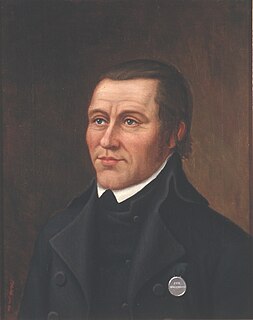 W
WLars Larsen Forsæth was a Norwegian farmer who served as a representative at the Norwegian Constituent Assembly.
 W
WHenrich Herman Mejer Foss was a Norwegian military officer and elected official.
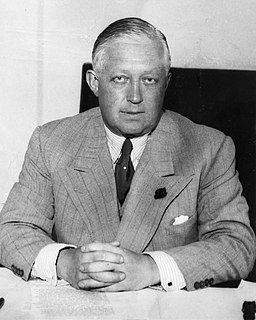 W
WHarald Grieg was a Norwegian publisher. He was director of Gyldendal Norsk Forlag and for many years was a leading figure in the Norwegian book industry.
 W
WOtto Bahr Halvorsen was a Norwegian lawyer and politician from the Conservative Party. He was the prime minister of Norway from 1920 to 1921 and again in 1923 when he died in office.
 W
WHieronymus Heyerdahl was a Norwegian minister and politician.
 W
WElisabeth Johansen was a Greenlandic midwife and politician. She was the first certified midwife in the country, as well as the first woman to attain a political office in Greenland. She was the first women appointed Knight of the Order of the Dannebrog.
 W
WBorys Karnicki was a submarine commander of the Polish Navy during World War II.
 W
WFrederik Christian Jakobsen Kiærskou, aka F.C. Kiærskou was a Danish landscape painter.
 W
WArne Kildal was a Norwegian author, librarian and civil servant.
 W
WThomas Konow was a Norwegian naval officer and politician. He was a member of the Norwegian Constituent Assembly at Eidsvoll in 1814.
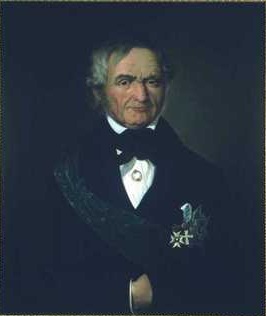 W
WHilmar Meincke Krohg was a Norwegian politician and elected official. He served as a representative at the Norwegian Constitutional Assembly.
 W
WMalthe Conrad Lottrup was a Danish merchant, politician and brewer.
 W
WDaniel Herman Anton Melbye was a Danish painter and photographer who specialized in maritime scenes. He was the brother of painters Vilhelm and Fritz Melbye.
 W
WPáll Melsteð was an Icelandic historian, official, editor and member of the Althing. In 1892 he was awarded the Order of the Dannebrog.
 W
WCarl Emil Mundt was a Danish educator and politician. He was a member of the 1848 Danish Constituent Assembly, representing Sorø. He was the father of painter Emilie Mundt.
 W
WCarsten Tank Nielsen was a Norwegian civil servant and government official. He was the first director of the Norwegian Telegraph from 1854 until his death in 1892. He and his wife Alvilde Olsen (1821–1890) were the parents of the historian and politician, Yngvar Nielsen.
 W
WHarald Ofner is an Austrian lawyer and politician for the Freedom Party of Austria (FPÖ).
 W
WCharles Sprague Pearce was an American artist.
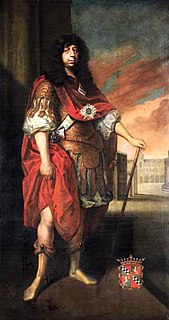 W
WLudvig Rosenkrantz was a Danish-born noble, military officer, civil servant, and land owner who settled in Norway. He was a member of the noble Rosenkrantz family and the first Baron of Norway.
 W
WMarcus Gjøe Rosenkrantz was a Norwegian Government Minister and Member of Parliament.
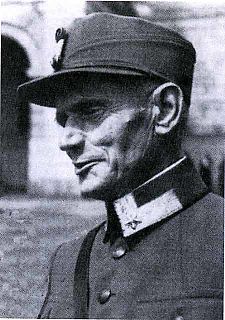 W
WOtto Ruge was a Norwegian general. Ruge was Commander-in-chief of the Royal Norwegian Armed Forces after Nazi Germany's assault on Norway in April 1940.
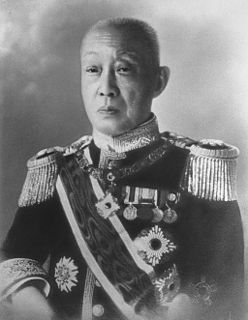 W
WPrince Saionji Kinmochi was a Japanese politician and statesman who served as Prime Minister of Japan from 1906 to 1908 and from 1911 to 1912. He was elevated from marquis to prince in 1920. As the last surviving member of Japan's genrō, he was the most influential voice in Japanese politics from the mid-1920s to the early 1930s.
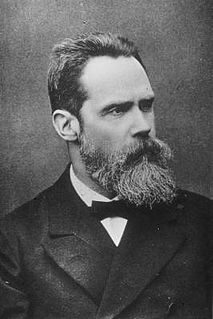 W
WLeopold Schrötter Ritter von Kristelli, was an Austrian internist and laryngologist born in Graz. He was the son of chemist Anton Schrötter von Kristelli, and father to physician Hermann Schroetter-Kristelli (1870–1928).
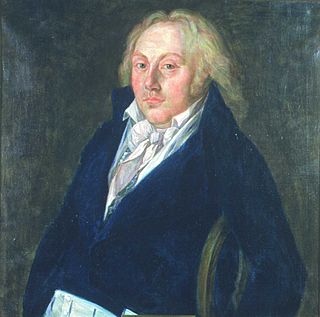 W
WMathias Otto Leth Sommerhielm was a Danish-Norwegian politician who served as the Norwegian prime minister in Stockholm.
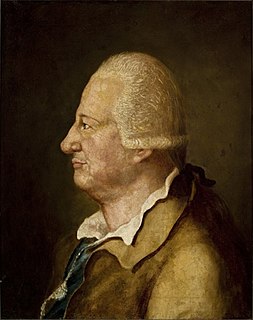 W
WHenry Ernest of Stolberg-Wernigerode was a German politician, canon, dean and author of many hymns. He also published some poetry and collections of songs. He was Count of Stolberg-Wernigerode from 1771 until his death.
 W
WBaron Tanaka Giichi was a general in the Imperial Japanese Army, politician, cabinet minister, and the Prime Minister of Japan from 1927 to 1929.
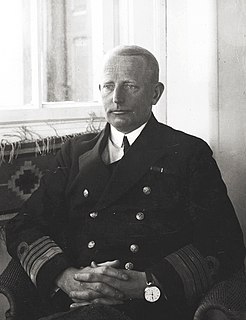 W
WJózef Unrug was a Polish admiral who helped reestablish Poland's navy after World War I. During the opening stages of World War II, he served as the Polish Navy's commander-in-chief. As a German POW, he refused all German offers to change sides and was incarcerated in several Oflags, including Colditz Castle. He stayed in exile after the war in the United Kingdom, Morocco and France where he died and was buried. In September 2018 he was posthumously promoted in the rank of Admiral of the fleet by the President of Poland. After 45 years his remains, along with those of his wife Zofia, were exhumed from Montrésor and taken in October 2018 to his final resting place in Gdynia, Poland.
 W
WAdmiral of the Fleet Sir Philip Louis Vian & Two Bars was a Royal Navy officer who served in both World Wars.
 W
WWilhelm Malte I, Prince of Putbus was a German prince (Fürst) from the old Slavic-Rügen noble family of the lords of Putbus. He acted as a Swedish governor in Swedish Pomerania and later, under Prussian rule, as the chairman of the regional council (Kommunallandtag) of Pomerania and Rügen.
 W
WPavel Alexeevich Zelenoy was a Russian admiral, governor of Taganrog and Odessa.